Christmas in Italy is more than just a holiday; it’s a vibrant celebration filled with unique traditions, decorations, and culinary delights. As someone who had the pleasure of spending a Christmas in Italy, I can attest to the captivating charm and festive spirit that envelops the country during this magical time of year. From twinkling lights to nativity scenes, let’s embark on a journey to explore how Italy decorates for Christmas, along with the profound cultural significance behind these customs.
Understanding Italian Christmas Traditions
Before we delve into the decorations themselves, it’s essential to understand the cultural backdrop of Christmas in Italy. The holiday season typically begins on December 8th, the Feast of the Immaculate Conception, and lasts until January 6th, Epiphany. This period is marked by various religious and secular celebrations.
Religious Significance
Christmas in Italy is deeply rooted in Christian traditions. Many families attend midnight mass on Christmas Eve, known as La Vigilia, and participate in the Feast of the Seven Fishes. Additionally, the nativity scene, or presepe, holds a pivotal place in Italian Christmas decor.
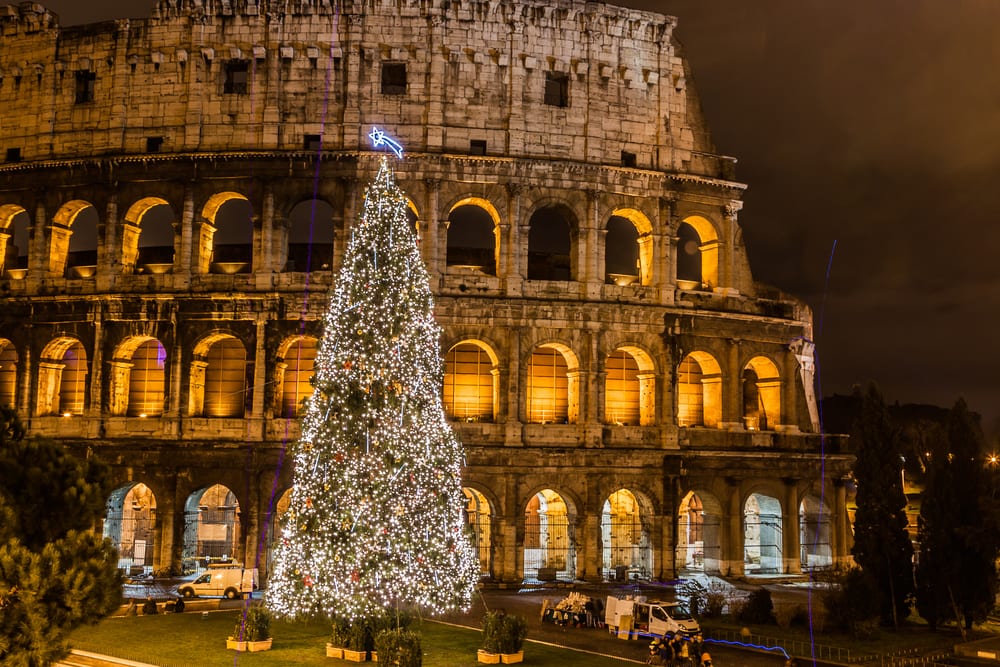
The Importance of the Presepe
The nativity scene is a cherished tradition in Italy, with origins tracing back to St. Francis of Assisi in the 13th century. It typically features not just Jesus, Mary, and Joseph, but also a plethora of characters from local folklore. In Naples, you can find elaborate displays that showcase the entire village life, making the presepe a focal point of Christmas decorations.
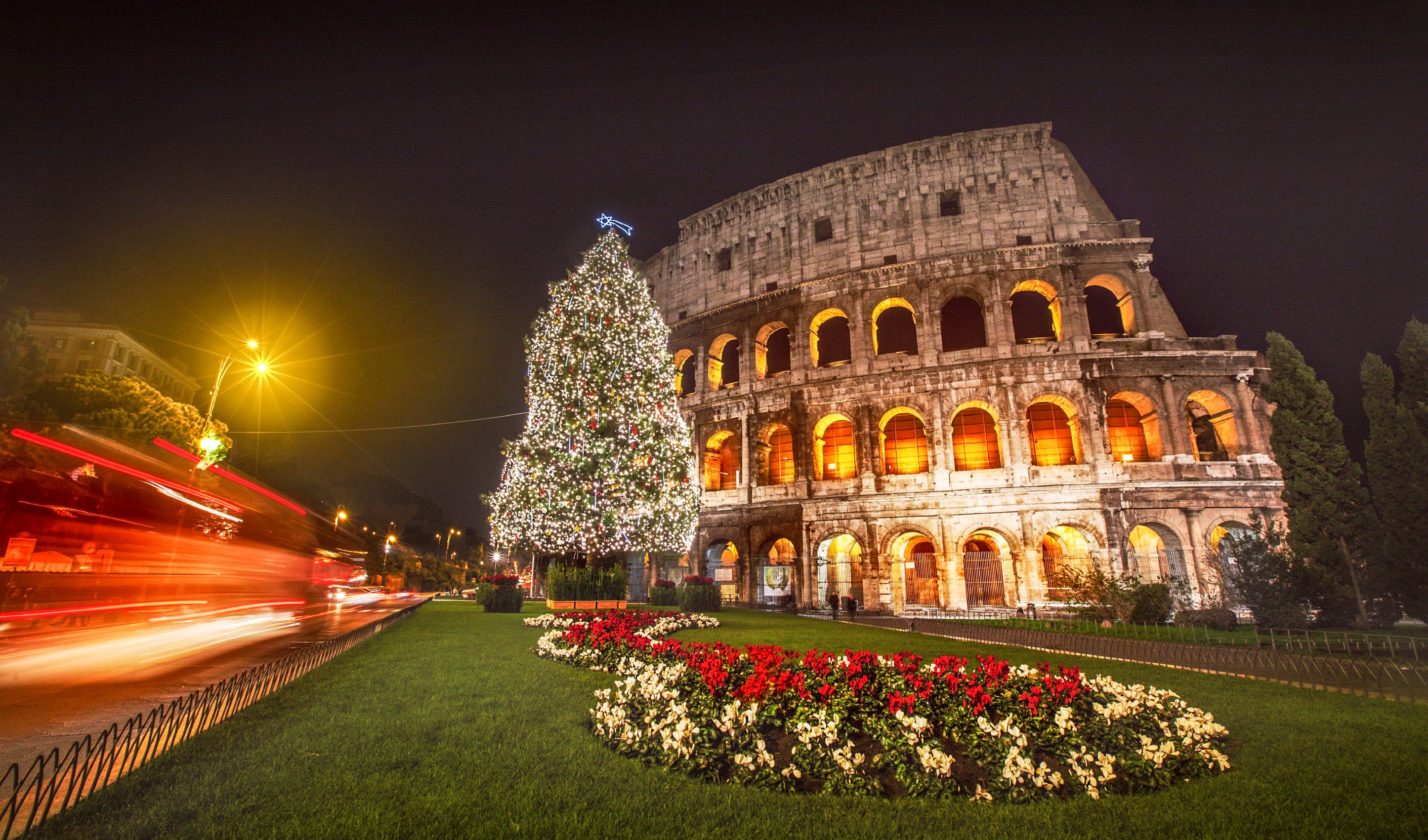
| Region | Distinctive Features of Presepe |
|---|---|
| Neapolitan | Rich in detail with a bustling market scene surrounding the nativity. |
| Sicilian | Often includes local artisans and farm animals. |
| Tuscan | Simpler figures with a focus on natural landscapes. |
Traditional Christmas Decorations in Italy
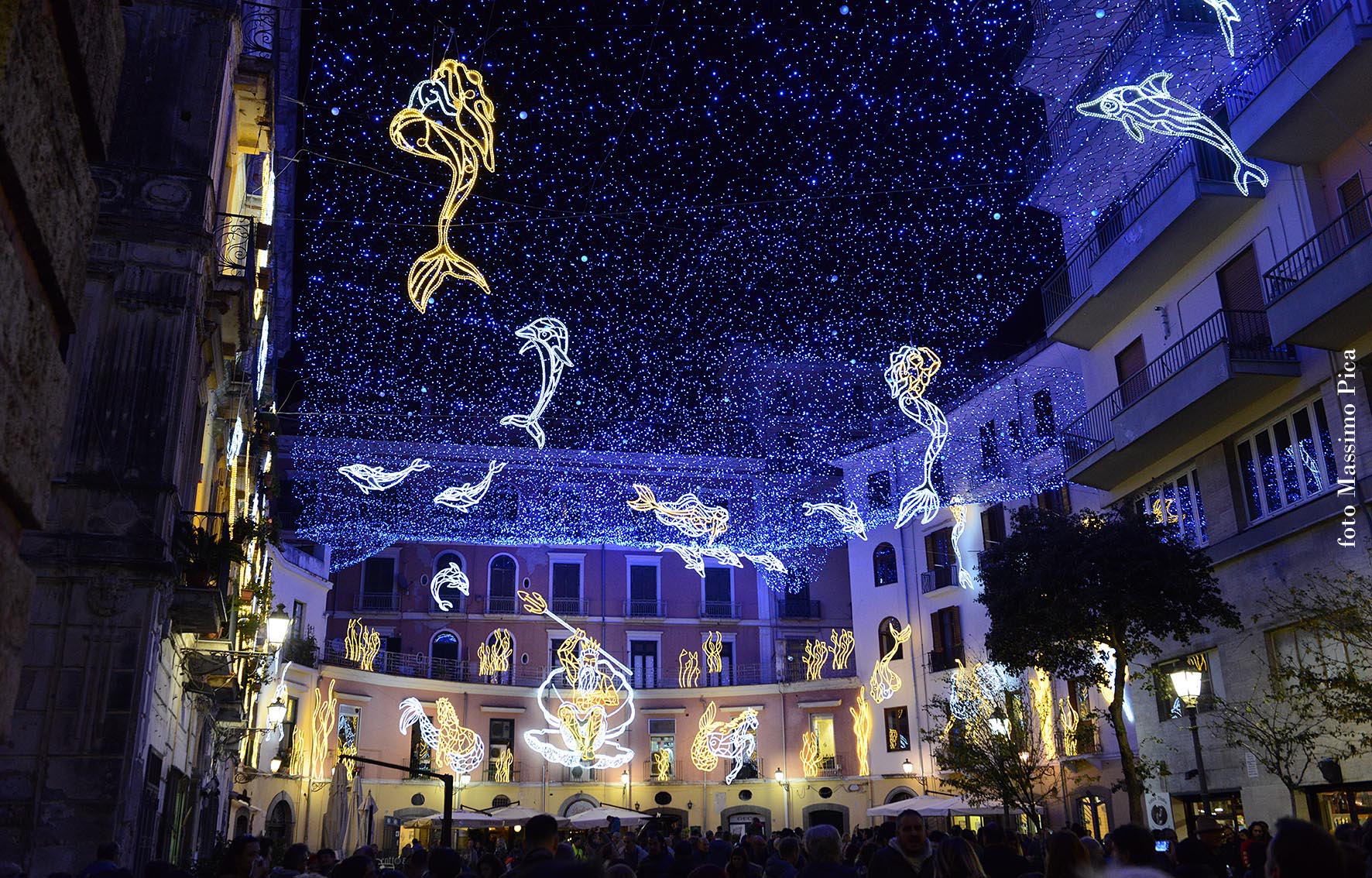
Christmas decorations in Italy vary significantly from region to region, often reflecting local customs, traditions, and available materials. The festive season transforms cities and towns into a magical wonderland.
Lights and Ornaments
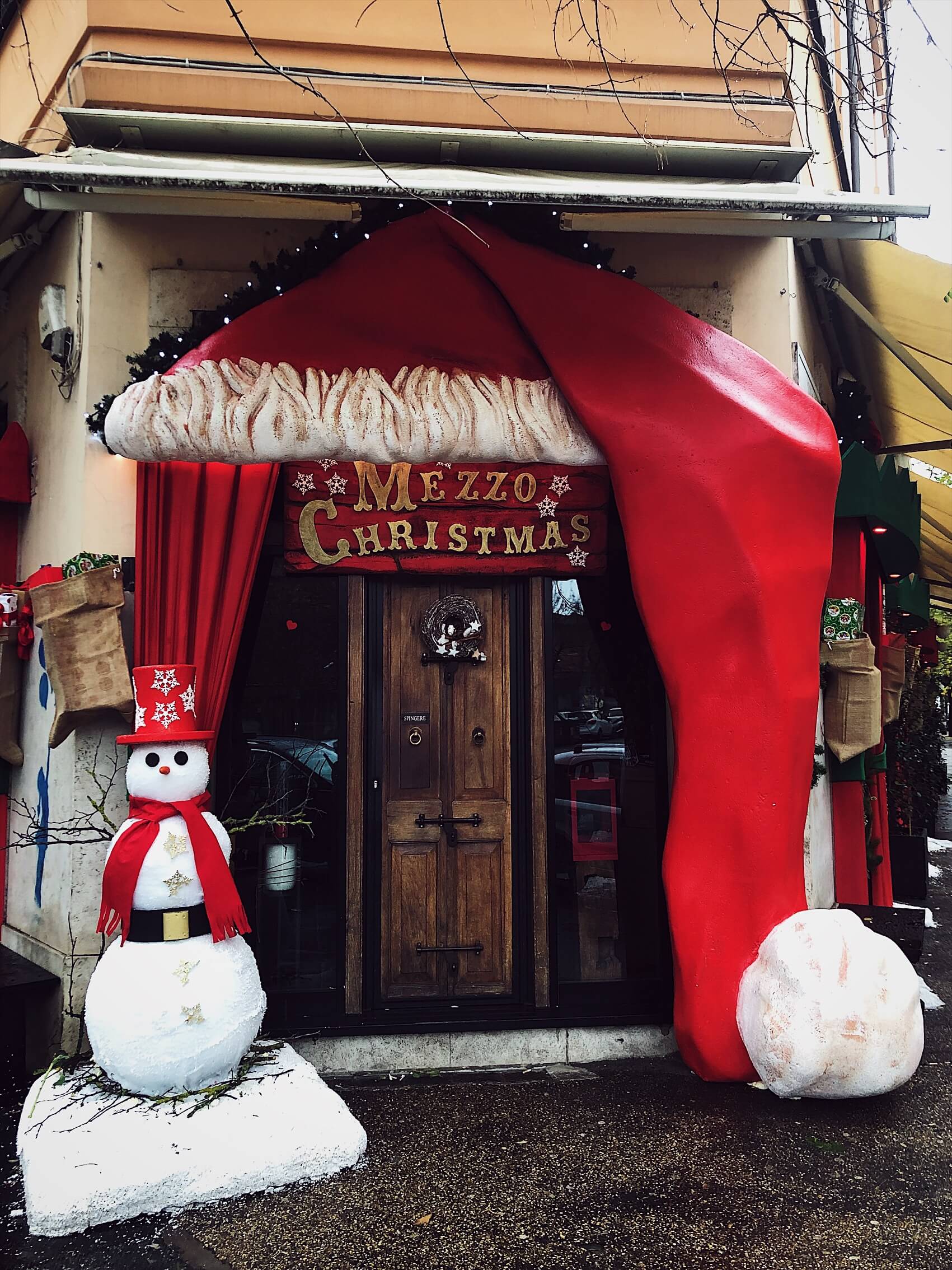
Italian towns are famously adorned with sparkling lights and creative decorations that draw locals and tourists alike. Street lamps and shop windows gleam with lights, while communal squares host towering Christmas trees.
- Lighting Displays: Major cities like Rome and Milan boast extravagant light displays. In Milan, the famous Corso Vittorio Emanuele is illuminated with beautiful designs, attracting countless visitors.
- Traditional Ornaments: Many homes and shops opt for handmade decorations, such as glass ornaments and dried fruits, adding a nostalgic touch.
- Local Artisans: Markets featuring handmade crafts are popular. You can find unique ornaments that tell a story and embody regional artistry.
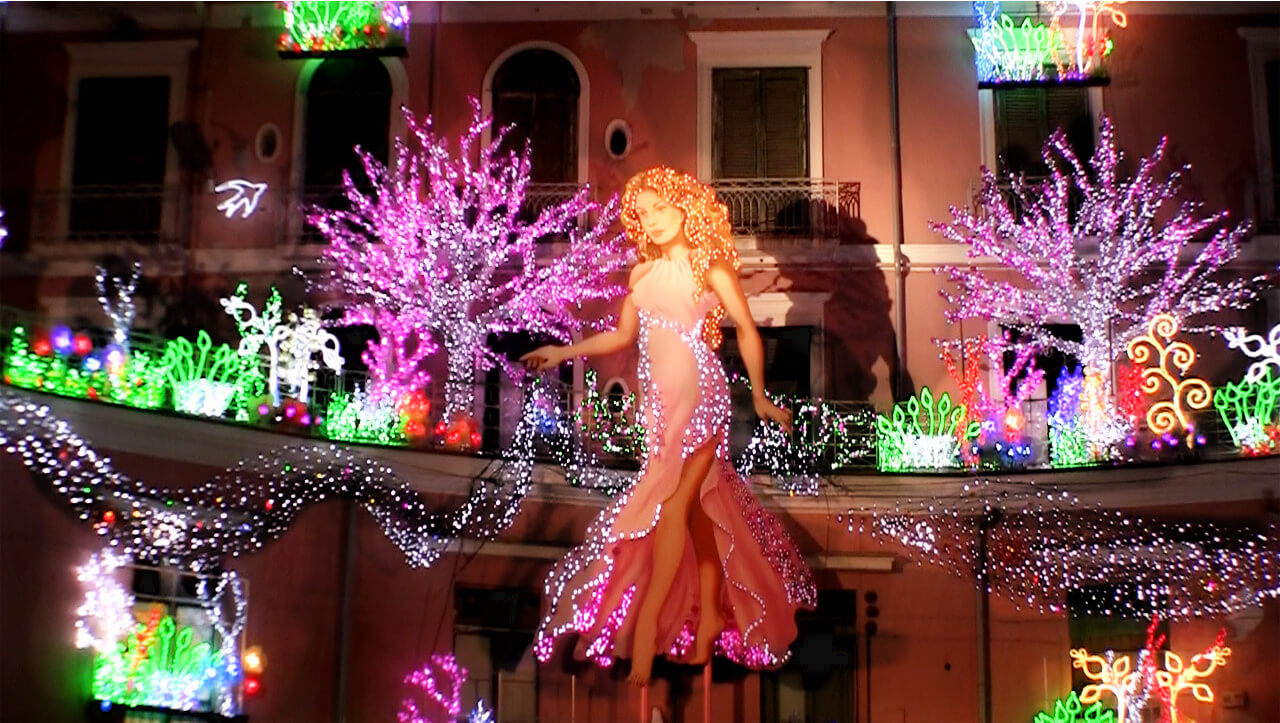
Christmas Trees
The Christmas tree tradition is widely embraced across Italy, with each region adding its unique flair. In northern regions, fir trees are adorned with elaborate decorations, while southern regions might prefer simpler, more rustic looks.

How to Choose the Perfect Tree
Choosing a Christmas tree in Italy can be an experience in itself. Here are some tips to consider:
- Size: Consider the size of your space. Many Italians choose smaller trees, especially in urban areas.
- Type: Culturally, the Abies alba (Silver Fir) is a popular choice due to its pleasant scent.
- Decorating: Some families will include a mix of traditional and modern decorations, ensuring each year feels fresh.
Festive Food Displays
Italian Christmas is renowned for its delicious food, and the presentation is often part of the decoration. Festive tables are laden with traditional dishes that make the holidays even more special.
Traditional Christmas Dishes
In Italy, food is an integral part of Christmas celebrations. Here are some traditional dishes that are often displayed and enjoyed during the festivities:
| Dish | Description |
|---|---|
| Panettone | A sweet bread loaf filled with candied fruits and raisins, originating from Milan. |
| Pandoro | A star-shaped cake dusted with powdered sugar, typical of Verona. |
| Struffoli | Small honey balls, often decorated with colorful sprinkles, common in Naples. |
While these dishes are delicious, their presentation counts as part of the decor! Tables are often adorned with festive tablecloths, candles, and holiday centerpieces that reflect the spirit of the season.
Pros and Cons of Italian Christmas Decorations
As with any tradition, there are pros and cons to consider when embracing Italian Christmas decorations.
| Pros | Cons |
|---|---|
| Rich in cultural significance and history. | Can be expensive if opting for handmade or traditional items. |
| Encourages family bonding through decoration and preparation. | Some traditions require time and effort, which may not be feasible for everyone. |
| Beautiful and unique aesthetics that create a festive atmosphere. | Regional variations may be confusing for those unfamiliar with the practices. |
Modern Trends in Italian Christmas Decorations
While traditional decorations remain popular, modern influences have begun to reshape how Italians celebrate Christmas. There is now a delightful blend of contemporary and classic elements.
Contemporary Styles
Modern Italian Christmas decor often features:
- Minimalism: Clean lines and fewer decorations are becoming trendy, especially in urban homes.
- Eco-Friendly Options: Many are opting for sustainable decorations, such as recycled materials and energy-efficient lights.
- Digital Features: Innovative lighting displays using projections and digital technology are becoming commonplace in cities.
Combining Tradition with Modernity
Despite the rise of modern trends, many families strive to retain traditional aspects of their celebrations. This melding of the old and new creates a unique Christmas experience. For instance, a traditional nativity scene might be accompanied by chic, minimalist Christmas ornaments.
FAQs About Christmas Decorations in Italy
What are the most common Christmas decorations in Italy?
The most common decorations include nativity scenes, Christmas trees, and lights adorning streets and homes. Traditional ornaments often include handmade items and natural decorations, such as fruits and nuts.
When do Italians start decorating for Christmas?
Many Italians start to decorate on December 8th, the Feast of the Immaculate Conception, marking the official start of the Christmas season.
Are there any unique Italian Christmas traditions?
Yes! In Italy, the Feast of the Seven Fishes is a popular Christmas Eve tradition, where families feast on various seafood dishes. Additionally, the presepe or nativity scene is a central figure in many households.
What is the significance of the Christmas tree in Italy?
The Christmas tree symbolizes life and the spirit of Christmas. While the tradition is enjoyed nationwide, each region may have its own style of decoration that reflects local customs.
How do Italians incorporate food into their Christmas decorations?
Food is often displayed beautifully during Christmas meals. Traditional confections like panettone and struffoli serve as both delicious treats and festive decorations on tables.
Conclusion: Embracing the Magic of Christmas in Italy
As we’ve explored, Italy’s Christmas decorations are a brilliant tapestry woven from tradition, creativity, and communal spirit. The combination of nativity scenes, dazzling lights, and festive foods creates an unforgettable atmosphere that enchants everyone—locals and visitors alike. My personal experience was filled with joy and wonder as I walked through the streets adorned with shimmering lights and caught the sweet aroma of holiday treats. If you ever get the chance to experience a Christmas in Italy, do not hesitate to dive into the rich culture and traditions that this beautiful country has to offer. Buon Natale!